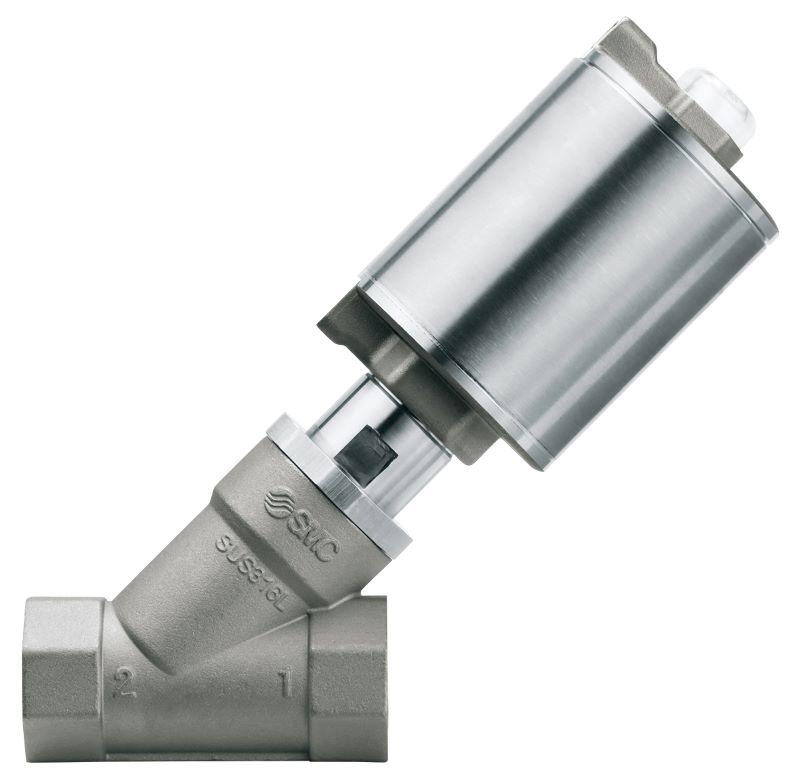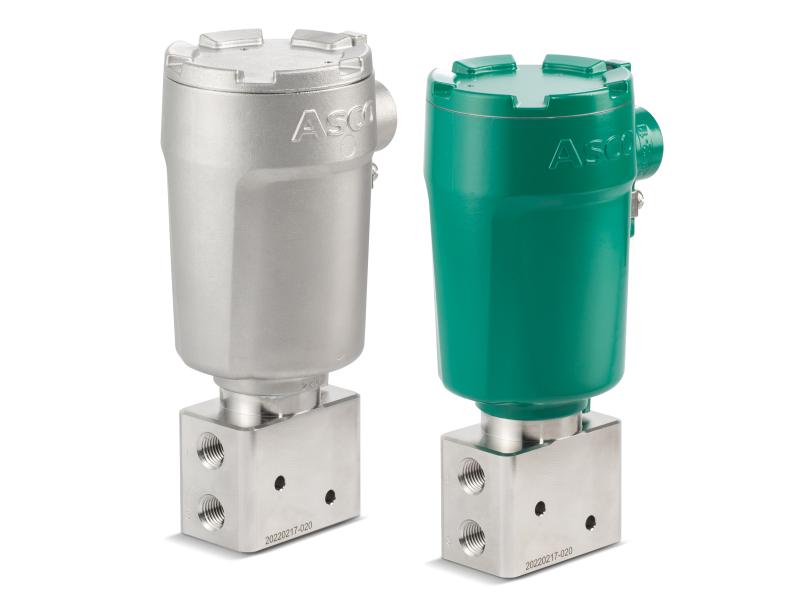The JSB angle seat valve may be new to SMC Corporation’s range, but it’s already making an impact.
“2024 has seen several big introductions to our range and this series is no exception,” says Rodney Ryan, Head of Field Sales – SA and Strategic Projects for SMC Corporation Australia New Zealand.
“One of the biggest drawcards of the JSB series is its high flow rates which can deliver up to double the flow rate, size for size,” says Rodney, pointing to the benefit of the angle seat structure to minimise pressure loss and ultimately, boost energy savings.
This popular air operated valve’s innovative structure delivers a larger flow rate and features a smaller port size for a significant energy savings.
Rodney highlights several other benefits of the JSB series as its compact design (measuring just 166 mm in height), a built-in visual indicator, low maintenance requirements as well as easy installation and use.
“The modular design ensures each part of the valve – from the head assembly and body nut down to the valve element assembly – can be replaced as needed, further simplifying maintenance of the valve,” he adds.
The JSB Series is available in seven size variations (from 3/8 inch to 2-inch port sizes) to suit different application requirements, with optional fittings available for pilot ports and breathing ports.
Looking to its use in industry, Rodney adds that the JSB series is a versatile choice across all major industries for applications involving steam, air and water. “These applications are often found in the food, processing and beverage industries – key areas of interest for SMC.”
To angle it, or not?
When asked which customers should opt for an angle seat valve, Rodney says that while the JSB series has its clear benefits, each customer has their own unique objectives.
“While swopping out valves can yield benefits, one needs to consider what they want to achieve,” says Rodney.
“Consider your budget, the savings that you stand to gain, how much extra service life the valve installation will yield and the time available to make the move. Identify your ‘why’ and work with a trusted supplier to guide and support your decision making.”
Rodney does however add that just by using SMC’s valves (as a whole), customers can enjoy a longer service life of 10 million cycles (air and water applications) and 3 million cycles (steam applications), as well as reduced downtime.
“This premium JSB angle seat valve comes standard with the stainless-steel head (smooth surface) and the stainless-steel valve body.”
“The quality of SMC’s products offers peace-of-mind across the board. We have spent decades perfecting and adding to the range, and we are proud to deliver a comprehensive range that’s tailored to our customers’ needs.”
Looking ahead, Rodney believes that albeit early, the introduction of the latest angle seat valve will continue to gain ground in the local market. “There is so much demand for quality product that delivers tangible results – and this valve is a prime example of exactly that” he concludes.
Website: www.smcanz.com






